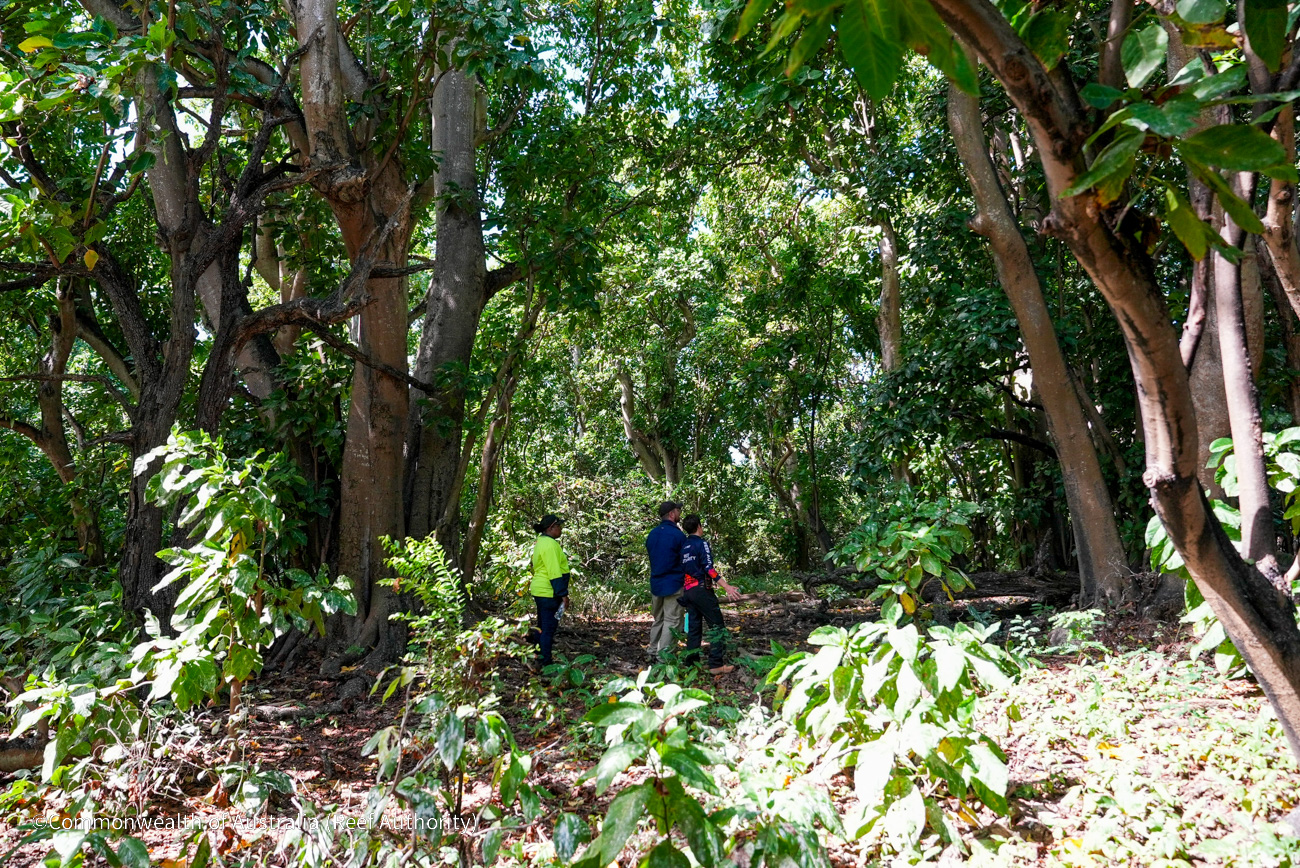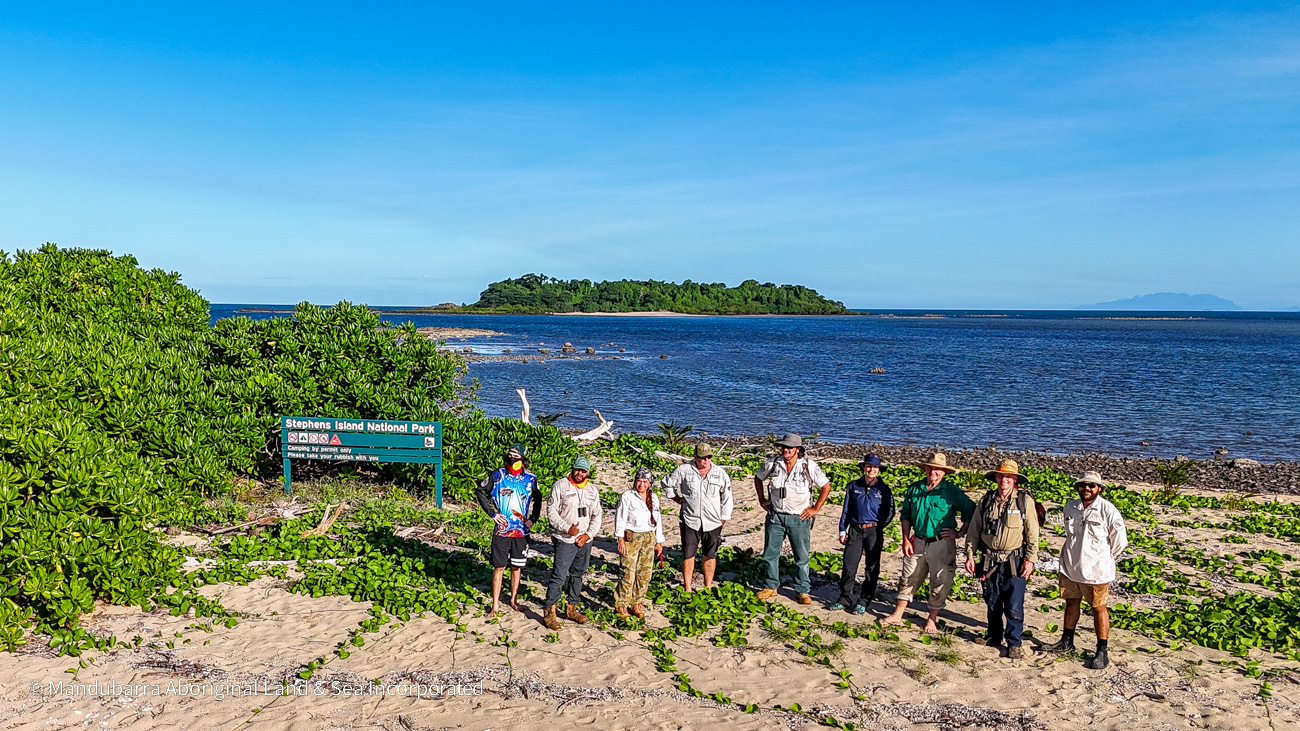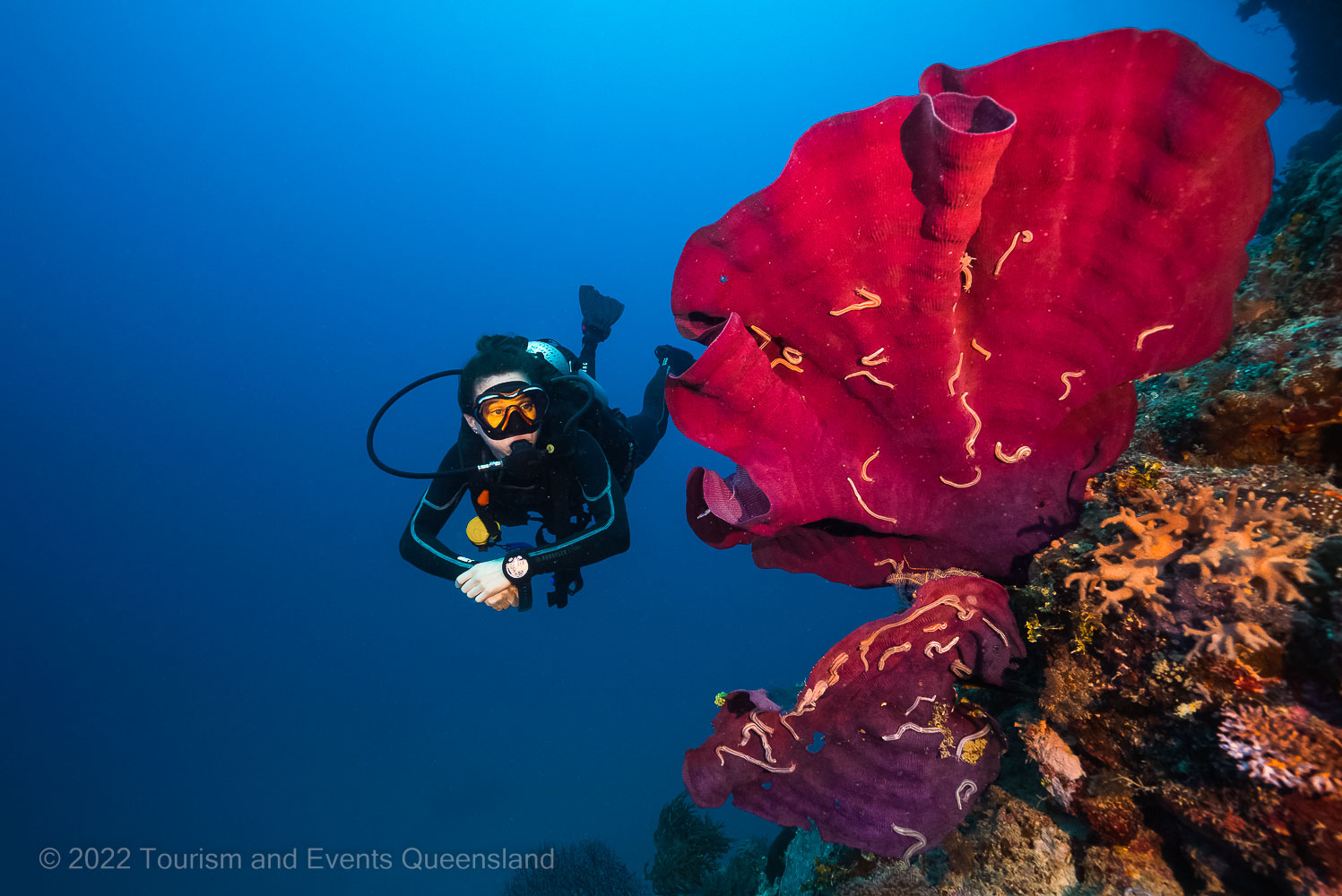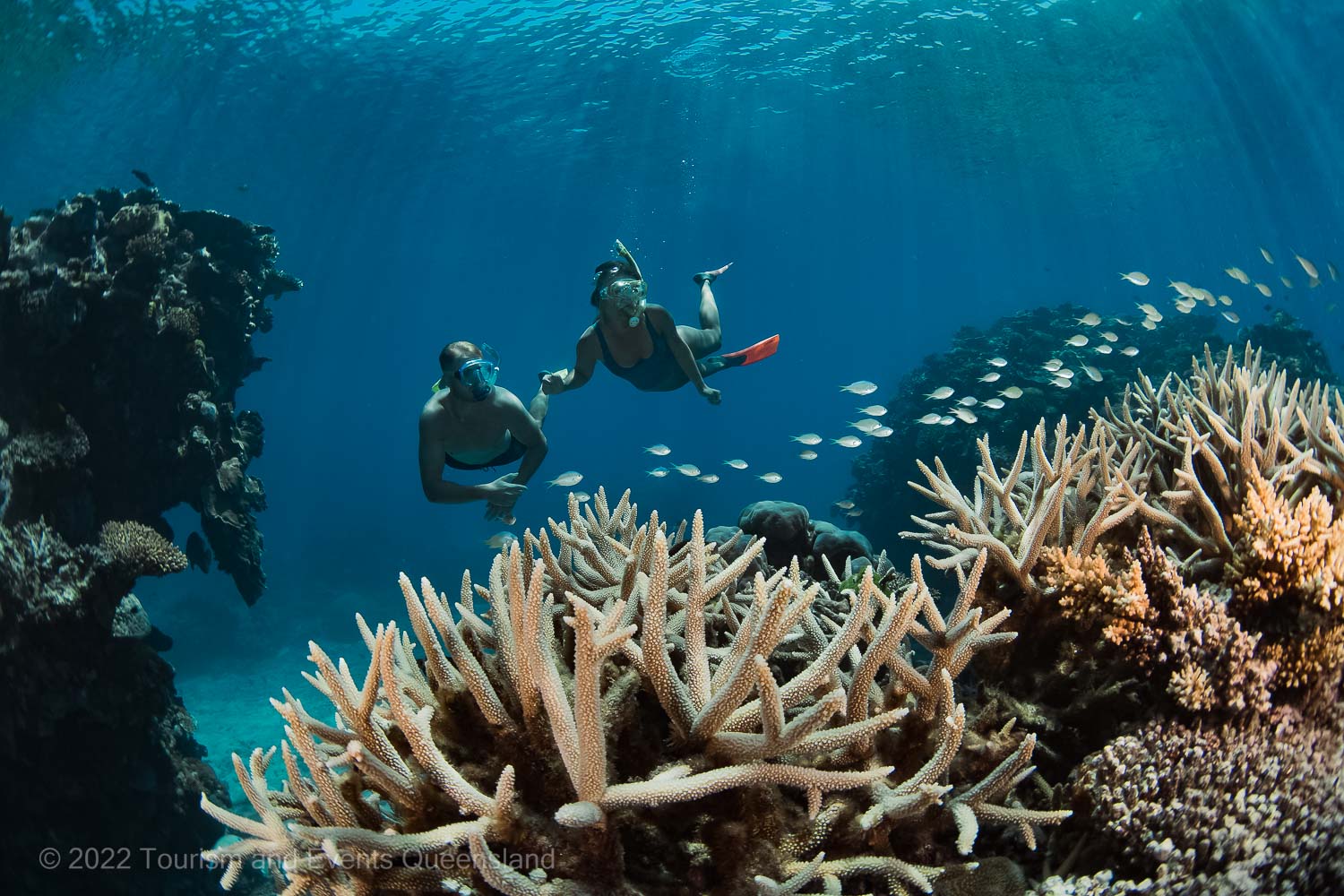The Restoration of Reef Islands Project collaborates with Traditional Owners to enhance the resilience of our Great Barrier Reef’s islands, which provide crucial ecosystem services. By working together to assess and restore critical habitats, the project aims to strengthen islands’ ability to withstand climate change impacts and other threats, safeguarding the long-term health of these wonderfully biodiverse ecosystems.
Project overview
The Great Barrier Reef World Heritage Area (World Heritage Area) includes some 1,050 continental islands, coral cays and mangrove islands, renowned for their remarkable biodiversity and providing vital habitats for iconic species like marine turtles and seabirds. These islands provide essential ecosystem services such as protecting our coastlines from erosion and supporting vibrant, healthy environments for exploration and recreation, benefiting both local communities and visitors alike. Many hold significant Indigenous and historic heritage values, often closely intertwined with islands ecological health.
Like others worldwide, Great Barrier Reef islands are increasingly threatened by climate change and other threats, including severe weather events, temperature extremes and invasive species. Ongoing management is crucial to mitigate these threats and ensure island ecosystem resilience.
The Australian and Queensland governments oversee island monitoring and management efforts with Traditional Owners through the Reef Joint Field Management Program.
In 2020, the program received close to $5.5 million by the Australian Government’s Reef Trust to deliver the Restoration of Reef Islands Project until 2027. In collaboration with Traditional Owners and industry, the project focuses on enhancing natural values of selected northern islands through threat assessment and identification of management activities such as pest management aimed at improving ecosystem resilience.
While the project does not directly address Indigenous heritage values, enhancing natural values will help protect many cultural values. Building on our established formal partnerships with Traditional Owners, we will continue to foster meaningful relationships, collaborative decision-making, and empowerment. This co-management approach acknowledges, respects, and supports the inherent knowledge, rights, interests, and aspirations of Traditional Owners.
- Activities commenced in September 2023, structured around two main themes:
- managing active island threats (such as invasive species) and
- protecting ecologically significant pisonia (Pisonia grandis).
The project progresses through planning, partnerships formation, threat assessment, management options planning and intervention delivery, monitoring and evaluation stages to achieve its environmental objectives.
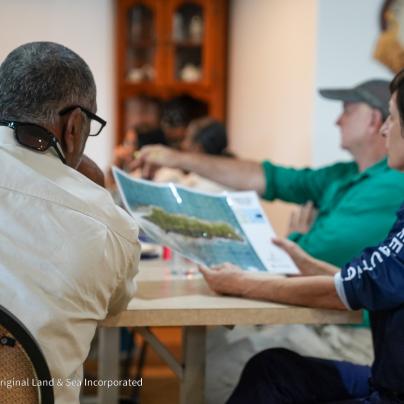
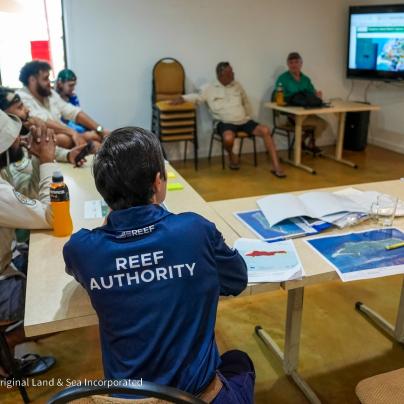
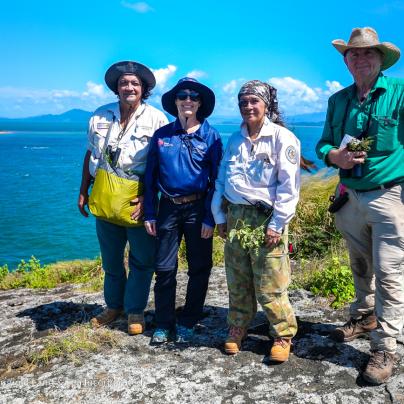
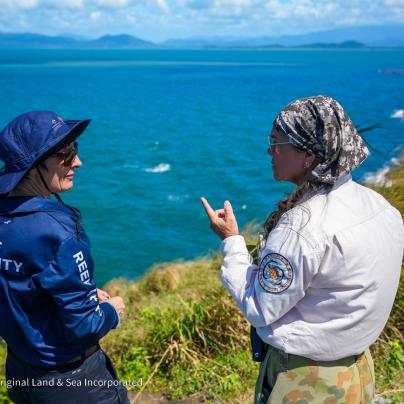
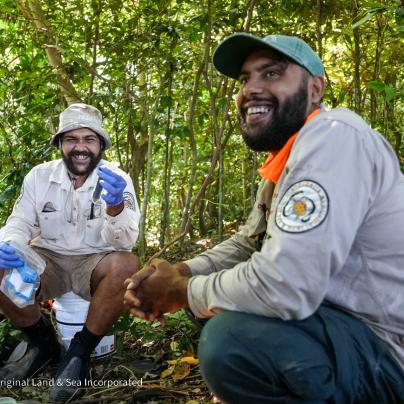
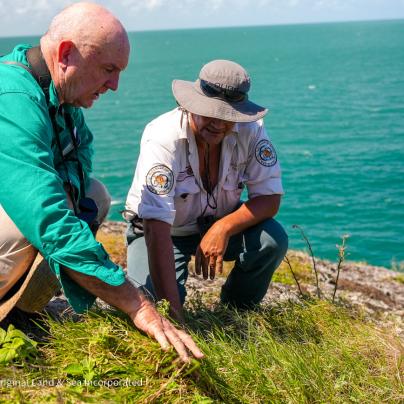
Aestra, an environmental consultancy, is helping coordinate and co-deliver Phase 1 field assessments and accompanying restoration plans.
Planning and partnership meetings began in September 2023, with field assessments delivered in the first half of 2024.
Key activities
- Desktop assessment: Reviewing existing data and planning surveys for candidate islands.
- Cultural approval: Gaining approval from Traditional Owners who hold cultural authorities and acknowledged representatives for each Sea Country area visited.
- Partnership-building: Collaborating with Traditional Owners and stakeholders during data collection and management planning.
- Field surveys: Gathering flora, fauna and threat data to understand their significance for island ecosystems.
- Management options planning workshops: Assessing survey results collaboratively to set management goals and preferred solutions with Traditional Owners, QPWS and the Reef Authority.
- Report compilation: Compiling detailed reports and communication materials to share results with Traditional Owners.
- Data sharing: Providing project data to the Traditional Owners of each island.
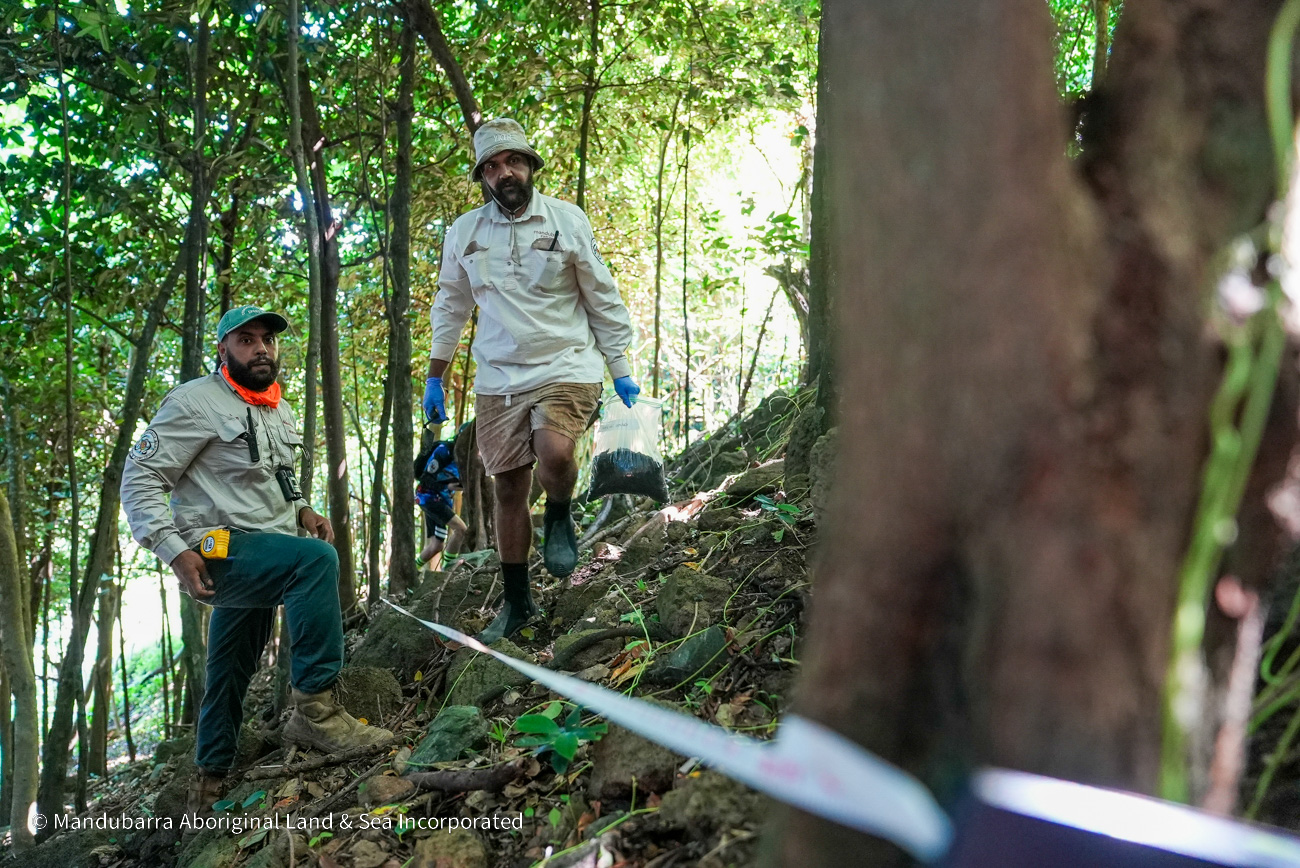
The project focuses on two main themes within the World Heritage Area: managing active island threats, and protecting ecologically significant pisonia (Pisonia grandis).
This theme addresses persistent threats such as such as introduced and invasive species and how their effects may be worsened under climate change. It aims to enhance island resilience through remediation, rehabilitation, restoration, or reconstruction activities.
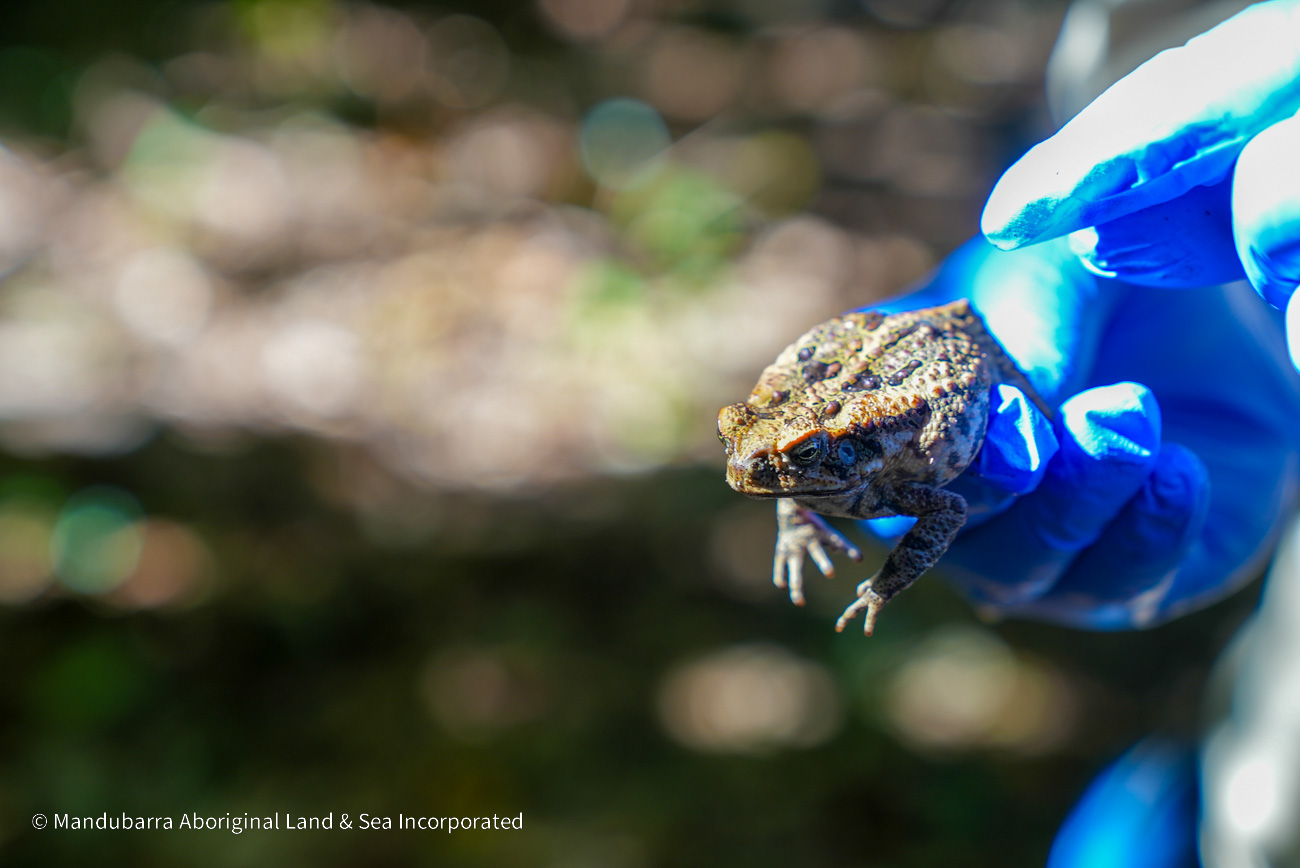
This theme focuses on conserving pisonia (Pisonia grandis) due to its significant ecological role in providing habitat for seabirds and contributing to island soil formation. It addresses global declines caused by wildfires, phosphate mining, land clearing and pests.
While the largest pisonia forests are in the Capricorn Bunker group in the southern Great Barrier Reef, trees at northern islands may be more isolated and less abundant, and therefore may be more vulnerable to threats including climate change and pests.
Pisonia has relatively soft wood and a key threat to this species is the introduced soft scale insect (Pulvinaria urbicola). This tiny sap-sucking insect can kill large trees especially if there are no natural predators like the native mealybug destroyer ladybird (Cryptolaemus montrouzieri) or tiny parasitic wasps (like Coccophagus ceroplastae and Euryischomyia flavithorax) to keep its numbers under control. Trees that are already stressed by drought or salinity are more likely to be heavily infested than healthy trees, and a range of ants including invasive species can make infestations worse by farming the scale insects for their honeydew.
- Activities include:
- Assessing tree health, key threats and the presence of ants, or predators and parasites of the scale insect.
- Understanding factors affecting tree health.
- Informing monitoring and management planning to safeguard this critical species and the habitats it provides.
- The project focuses on islands located north of Townsville and is actively working on:
- Bajigal (Stephens Island): Part of the Barnard Island Group National Park, 90km south of Cairns
- Sinclair, Douglas, Cairncross and Wallace Islets: Part of the Yamarrinh Wachangan Islands (Denham Group) National Park (CYPAL), off the north-east coast of Cape York Peninsula, about 700km north-west of Cairns and 50km south of the tip of the peninsula.
Many islands have been considered for project surveys. Additional islands may be added as the project evolves.
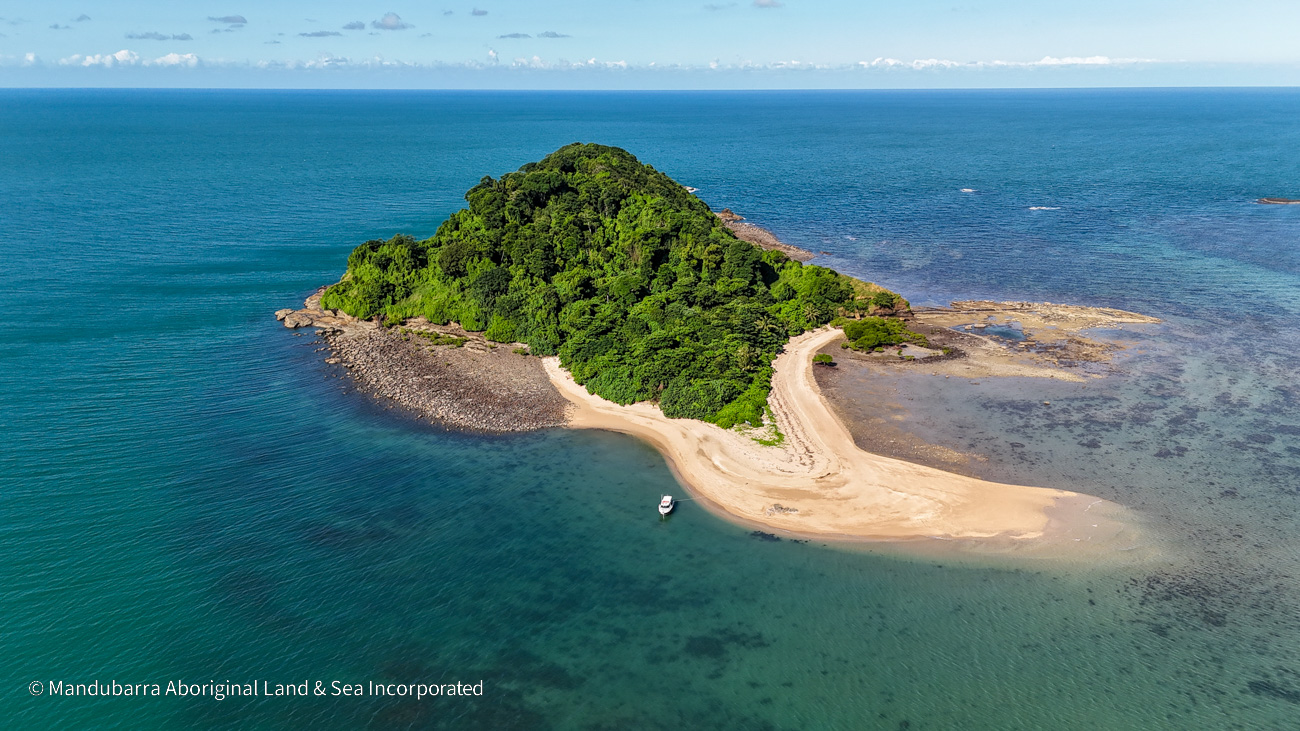
The project is funded by the Australian Government’s Reef Trust and managed by the Reef Joint Field Management Program in partnership with Aestra, Traditional Owners and industry.

